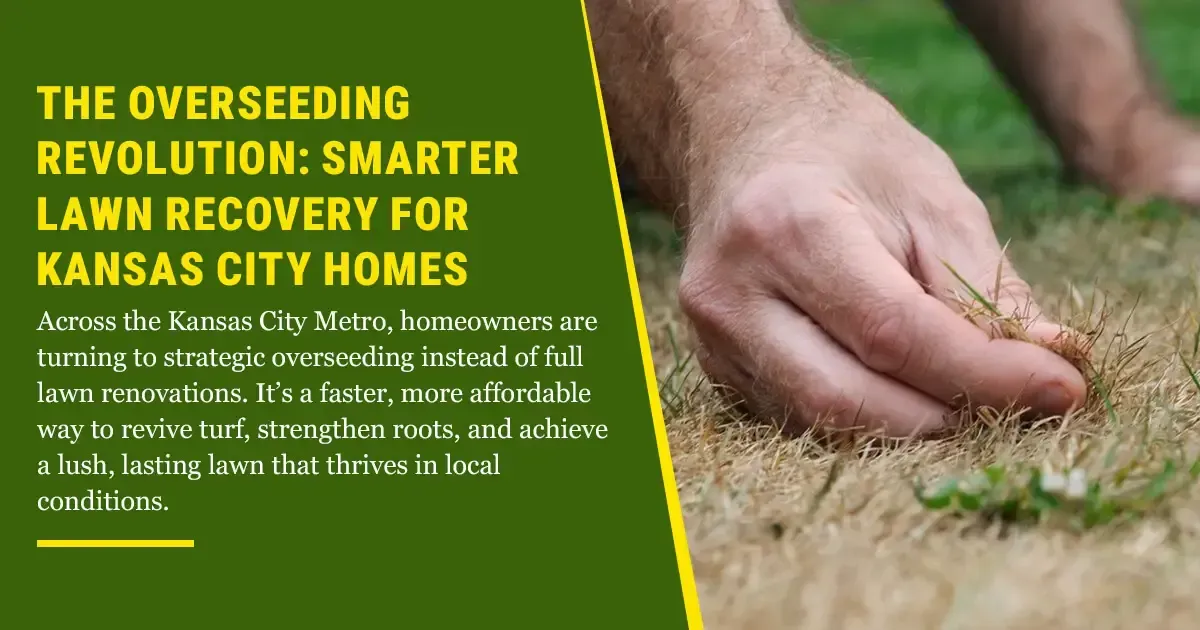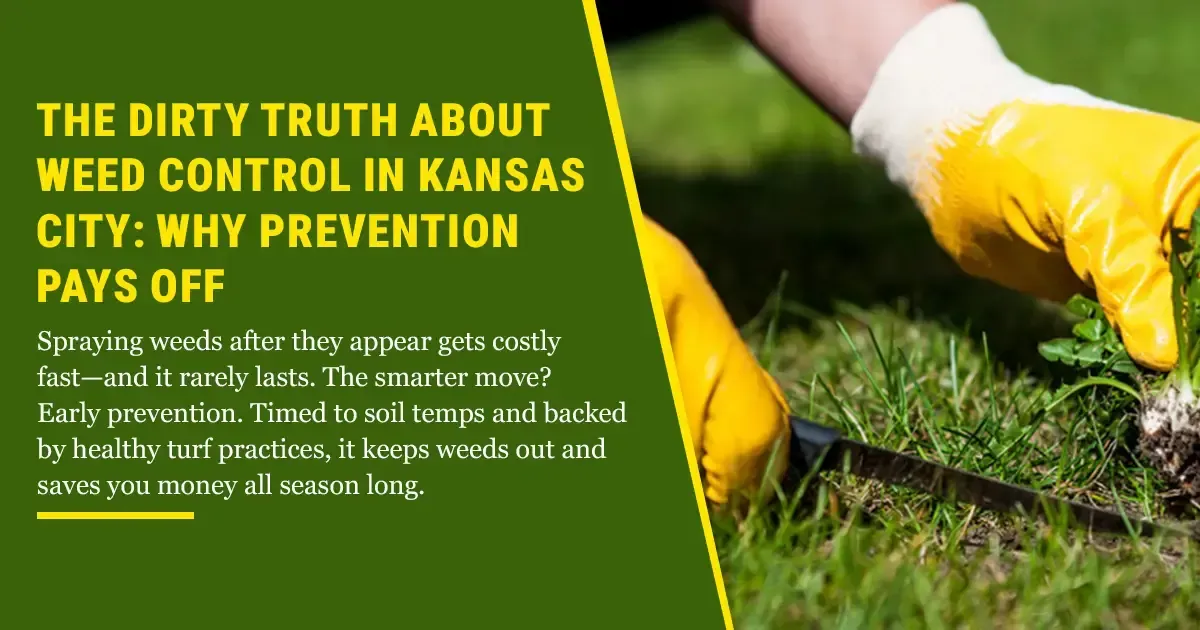“You Won’t Believe What’s Lurking Under Your Lawn: The Shocking Secrets Soil Scientists Are Unveiling”
You might think your lawn is just grass, soil, and the occasional dandelion. But beneath that green carpet in Kansas City lies a hidden world full of microbiomes, pests, compaction, and chemical interactions that most homeowners never see. These soil secrets are quietly affecting how healthy, lush, or patchy your grass looks — and until now, many lawn-care guides only scratch the surface.
1. Soil Microbiome: The Invisible Architect of Lawn Health
Recent research in Midwestern soil ecology has uncovered that the microbes in your turfgrass soil do more than decompose organic matter. They enhance nutrient cycling, protect roots from pathogens, and affect how soil retains moisture. In fact, lawns with richer microbial diversity respond more quickly to droughts — a big deal in Missouri summers.
What does that mean for your lawn? Rather than just applying fertilizer, it means ensuring good soil aeration, avoiding overuse of harsh chemicals that kill beneficial microbes, and using compost or organic amendments in addition to standard lawn products.
2. Soil Compaction Is Worse Than You Think (Especially After Heavy Rains)
One thing not mentioned often: after heavy storms or snow melt, soil compaction can increase dramatically. Compacted soil blocks root growth and water infiltration. You might water more, but the water runs off or pools instead of soaking in.
Solutions? Core aeration is part of the answer — but timing matters. Doing it when soil is moist but not saturated improves results. Also, traffic reduction (walkways, patio, wheelbarrows) helps. Using mulch or ground cover in high-traffic zones can protect soil structure.
3. Chemical Residues: Lawn Products Can Harm More Than You Know
You likely use fertilizers, weed killers, fungicides, insecticides. But many of these leave residue that affects soil pH, microbial life, and even the next generation of grass seed you spread.
New studies show that some popular herbicides linger longer than expected and can inhibit seed germination or favor certain weed species. Rotating types of treatment, using targeted applications, and choosing soil-friendly formulations can curb this effect.
4. Local Soil Types & Why They Make a Difference in Kansas City Metro Lawns
Depending on where you are, your soil can be clay-heavy, rocky, loamy, or sandy. Each has pros and cons. Clay holds water but drains poorly; sandy soils drain well but don’t hold nutrients. Rocky soils may need special soil amendments or raised areas for planting or patches.
Your lawn in Liberty, Platte City or Weatherby Lake may behave very differently than a similar grass type in a low-lying yard in Clay County. Knowing your soil type lets you pick grass blends, watering schedules, aeration frequency, and fertilization that actually work.
5. What Homeowners Should Do Now to Tap Into These Soil Secrets
- Do a soil test: Determine pH, nutrient levels, and microbial health.
- Amend the soil with organic matter if needed (compost, leaf mold, etc.).
- Adjust watering: water deeply but infrequently to reach roots; ensure good drainage.
- Schedule core aeration after heavy soil moisture periods but before summer heat stress.
- Alternate treatment types: use mild, eco-friendly weed or pest control when possible; avoid over-reliance on harsh chemicals.
- Choose grass seed blends appropriate for your soil and local climate conditions.
Conclusion: It’s Not Just What You See That Matters
The health of your lawn is shaped as much by what lies beneath as what you see above. By exploring soil microbiomes, compaction, chemical residue, and soil type, you can transform a lawn that looks “okay” into one that thrives. It’s time to give the ground beneath your feet the attention it deserves.
Want help uncovering what’s under your lawn? Contact Lawnscape Specialists and schedule a soil health consultation. Dive deeper. Grow stronger.










